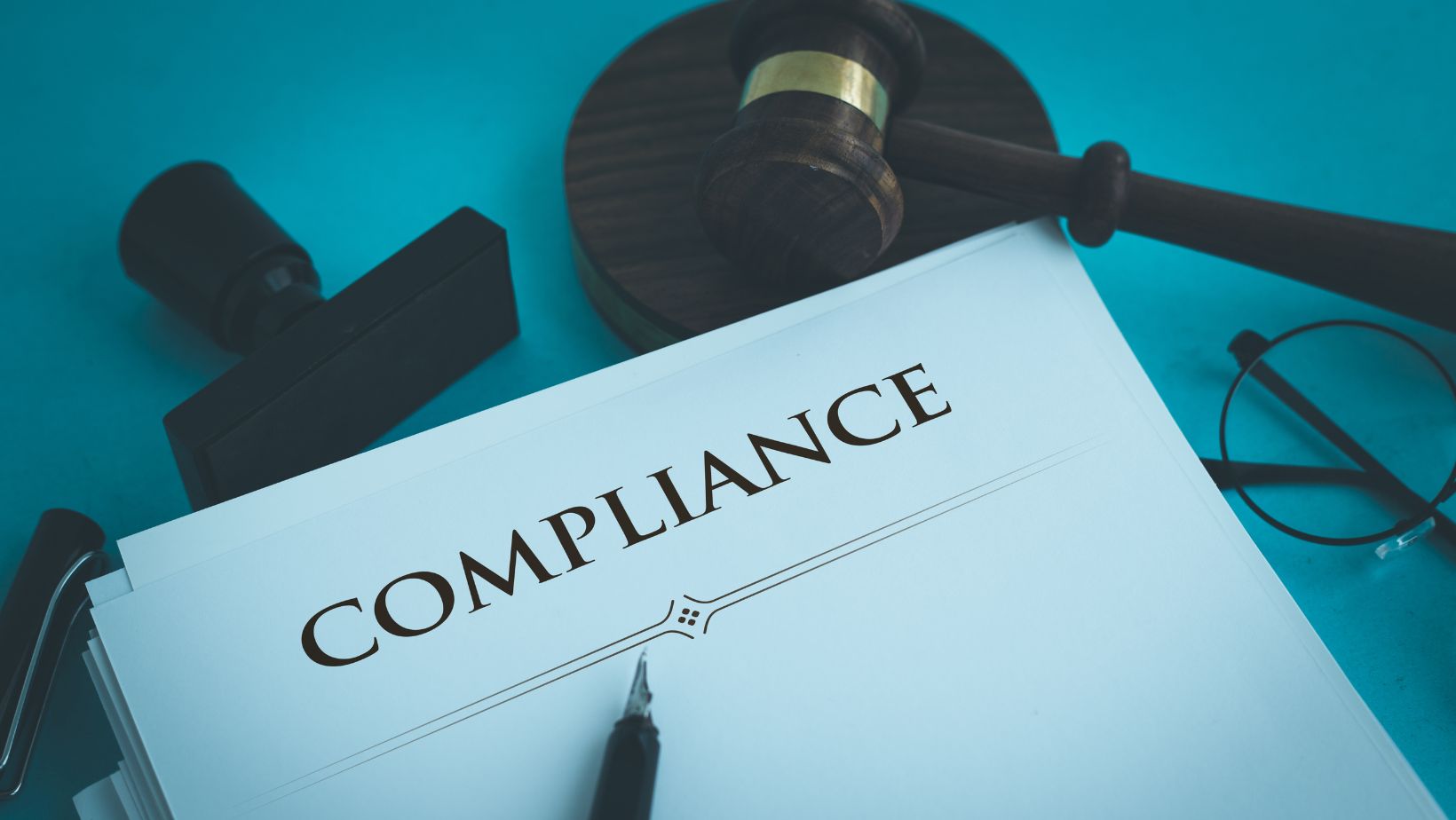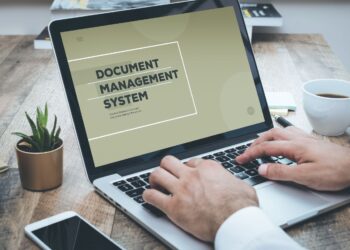Maintaining SOC 1 compliance is a fundamental element for any service organization dealing with financial information that impacts clients’ statements. A survey reveals that a significant number of compliance officers are dealing with increasing responsibilities against a backdrop of limited resources and escalating costs. These challenges are compounded by resource constraints and increasing responsibilities for compliance officers.
Effective SOC 1 compliance demonstrates that an organization manages data with integrity and adheres to established industry standards. In this blog post, we explore essential practices to help your organization maintain SOC 1 compliance effectively amidst these challenges.
Understand the Scope of SOC 1 Requirements
The first step toward SOC 1 compliance lies in understanding its requirements, such as what differentiates Type I from Type II reports. Type I tests focus on the suitability of design controls at one specific moment, while Type II evaluates their operational effectiveness over an extended period. Preparing for a SOC 1 audit requires carefully defining its scope to ensure all relevant controls and critical areas are covered without leaving anything out. A SOC 1 compliance checklist can greatly assist with this effort by helping identify and document necessary processes and controls, helping both internal reviews and external audit processes run smoothly.
This proactive approach not only prepares organizations for the rigorous audits required of SOC 1 certifications but also instills an effective process for ongoing compliance management. A typical compliance checklist usually covers key areas like risk evaluation procedures, control activities, information and communication systems, and monitoring mechanisms, thus covering every essential element of compliance readiness.
Employee Training and Awareness
Ensuring that all of your employees understand the SOC 1 requirements is key to maintaining compliance. Employees should understand its significance as well as how their practices and behaviors may influence it. Regular training sessions are invaluable; not only do they inform staff of their compliance roles and responsibilities, but they also demonstrate what can happen if non-compliance occurs.
Updates and communications regarding changes in compliance requirements are crucial, ensuring all employees stay aware of the most up-to-date standards and expectations. A focus on training and awareness helps to foster an organizational culture of compliance that makes an organization more resistant to compliance-related risks.
Engage with a Qualified Auditor Early
Engaging a qualified auditor at the beginning of the SOC 1 compliance process is essential and brings substantial benefits. Collaborating with an auditor from the start delivers crucial insights that significantly influence your compliance strategy. Auditors with experience swiftly pinpoint potential issues in the initial stages, allowing your team to rectify them before they develop into significant challenges.

Involvement of an auditor early on helps in several ways:
- Pre-audit planning: Auditors guide the initial planning, helping to define the audit’s scope, pinpoint focus areas, and establish achievable timelines. This guidance guarantees that your organization is well-prepared and promotes a smooth audit procedure.
- Risk assessment: Auditors possess extensive experience in spotting risks that might not be obvious to your internal team. Addressing these risks early enables the implementation of effective controls and strategies to mitigate them.
- Resource allocation: Engaging with an auditor early improves the allocation of both human and financial resources. Anticipating the audit’s demands ahead of time helps in budgeting and ensures sufficient staffing throughout the audit.
- Documentation review: Auditors review your current documentation and practices to confirm they comply with SOC 1 standards. This review often leads to improvements in documentation practices well before the formal audit starts.
- Training and support: Auditors also offer training and support to your staff, making sure they grasp the compliance requirements and their roles within the audit. This support is crucial for sustaining compliance long after the audit concludes.
Selecting an auditor who not only has experience in SOC 1 audits but also holds a proven track record within your industry ensures that the guidance and support you receive are pertinent and grounded in a deep understanding of both the regulatory demands and best industry practices. Their expertise not only streamlines the preparation phase but also eases team stress and bolsters confidence in your compliance stance.
By initiating early collaboration with an auditor, your organization approaches the SOC 1 audit well-informed and fully prepared, improving the likelihood of a favorable outcome. This proactive stance also signals to stakeholders your strong commitment to compliance and data integrity.
Leverage Technology for Compliance Management
Utilizing technology significantly enhances your ability to manage and maintain SOC 1 compliance. Solutions like compliance management tools can automate many of the necessary tasks related to this goal, including tracking the effectiveness of controls, managing documentation, scheduling compliance-related activities, saving valuable time, and minimizing human error risk that can lead to breaches in compliance.
Furthermore, many of these technologies offer analytics capabilities that give organizations deeper insights into compliance status while helping identify areas for improvement, all leading to a stronger, more responsive compliance program overall.
Maintain Comprehensive Documentation
Maintaining thorough documentation will demonstrate compliance during the audit. This documentation must cover everything that pertains to compliance-related activities including any changes, training logs, and results of previous audits.
Effective documentation practices ensure every action taken toward compliance is documented and easily accessible, which proves invaluable during audit periods. Up-to-date documentation also makes it easier for auditors to quickly address any inquiries or raise any concerns they may have. This will further strengthen compliance efforts as well as the organization’s dedication to upholding high standards of internal control and oversight.
Conclusion
Sustaining SOC 1 compliance requires ongoing diligence, regular updates, and a proactive approach to overseeing internal controls and procedures. By adhering to best practices for SOC 1, your organization can not only meet regulatory standards but also strengthen operations while developing trust with clients and stakeholders. Remember, staying informed is the key to success.

















